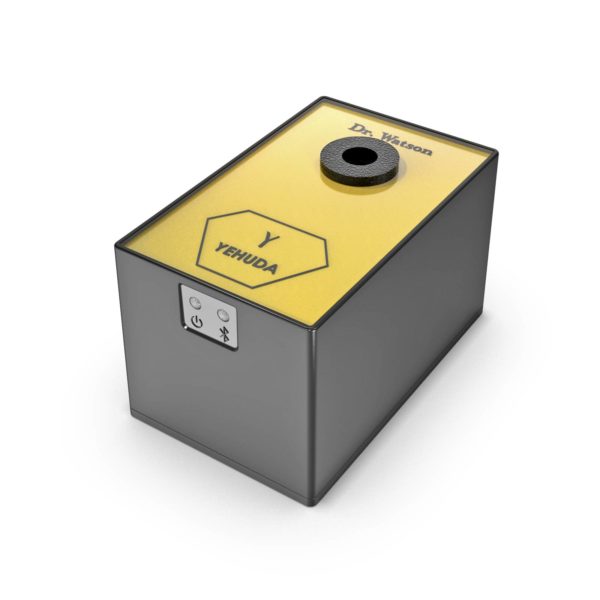5 Reasons to Choose Natural Diamonds over Lab Grown Diamonds, If you’re considering purchasing a diamond, you may find yourself weighing the options between natural diamonds and lab grown diamonds.
While both types have their own merits, there are several compelling reasons why natural diamonds are worth considering. Here are some motivational factors to help guide your decision:
- Uniqueness and Rarity: Natural diamonds are formed deep within the Earth over billions of years through intense heat and pressure. Each natural diamond possesses a one-of-a-kind beauty and has distinct characteristics that make it truly unique. Lab grown diamonds, on the other hand, are created in controlled environments and lack the same geological history and natural diversity.
- Emotional and Symbolic Value: Natural diamonds hold immense emotional and symbolic value. They are often associated with significant life events like engagements, anniversaries, and other milestones. The enduring tradition of natural diamond jewelry carries with it a sense of authenticity and meaning that lab grown diamonds may not evoke in the same way.
- Long-Term Investment: Natural diamonds tend to retain their value and even appreciate over time. They have a proven track record as a reliable investment option. Lab grown diamonds, being a relatively new technology, may not possess the same long-term investment potential.
- Physical and Optical Characteristics: Natural diamonds possess exceptional physical properties such as hardness, refractive index, and thermal conductivity. These characteristics contribute to the diamond’s brilliance, fire, and overall beauty. While lab grown diamonds can also exhibit impressive optical qualities, they may not possess the exact physical properties of natural diamonds.
- Environmental Considerations: If ecological concerns are important to you, natural diamonds can be a more sustainable choice. Lab grown diamonds require a significant amount of energy and resources to produce, while natural diamonds are mined responsibly with growing emphasis on minimizing environmental impact. Eco-conscious consumers may appreciate the efforts made by the industry to improve sustainability practices.
Ultimately, the choice between natural diamonds and lab grown diamonds is a personal one. It’s important to consider your own preferences, values, and budget when making a decision. Both options offer their own advantages, so take the time to explore and choose a diamond that aligns with your individual needs and desires. Happy diamond shopping!

How do you detect a Lab-grown diamond?
Dr. Watson is a lightweight portable and rechargeable lab-grown diamonds detector. It can check multiple jewelry items and parcels of loose diamonds.
Lab-grown diamonds, also known as synthetic diamonds or man-made diamonds, are becoming increasingly popular in the jewelry industry. These diamonds are created in laboratories using advanced technology that replicates the natural diamond formation process. However, detecting lab-grown diamonds can be challenging without the proper tools and expertise.
One such tool that has gained recognition in the industry is the Dr. Watson Diamond Detector. Developed by gemologists and scientists, the Dr. Watson Detector utilizes a combination of spectroscopy, advanced imaging, and artificial intelligence to accurately identify whether a diamond is natural or lab-grown.
Here’s how the Dr. Watson Detector works:
Spectroscopy: This technique involves analyzing the light absorption properties of a diamond. Natural diamonds and lab-grown diamonds may exhibit different spectroscopic signatures due to variations in their growth conditions. The Dr. Watson Detector can measure these signatures and compare them to its extensive database of known diamond spectra to determine if the diamond is lab-grown or natural.
Advanced Imaging: The Dr. Watson Detector employs high-resolution imaging technology to examine the diamond’s internal features. Natural diamonds often contain unique inclusions and growth patterns that can be observed under magnification. Lab-grown diamonds, on the other hand, may display different types of growth patterns or lack inclusions altogether. By analyzing these visual characteristics, the Dr. Watson Detector can help differentiate between natural and lab-grown diamonds.


Artificial Intelligence: The Dr. Watson Detector utilizes powerful algorithms and AI to process and interpret the data collected through spectroscopy and imaging. The AI system has been trained on a vast dataset of diamonds, both natural and lab-grown, allowing it to make accurate determinations based on the input data. As the technology evolves and more diamonds are analyzed, the AI system continuously improves its detection capabilities.
It’s important to note that while the Dr. Watson Detector is highly effective in detecting lab-grown diamonds, it is always recommended to consult with a professional gemologist for a definitive analysis. Gemologists have extensive knowledge and experience in diamond identification and can provide expert guidance in determining the origin of a diamond.
In summary, the Dr. Watson Diamond Detector is a cutting-edge tool that combines spectroscopy, advanced imaging, and AI technology to detect whether a diamond is natural or lab-grown. While this tool is invaluable in the fight against diamond fraud, it is crucial to seek advice from a qualified gemologist for a conclusive assessment.
